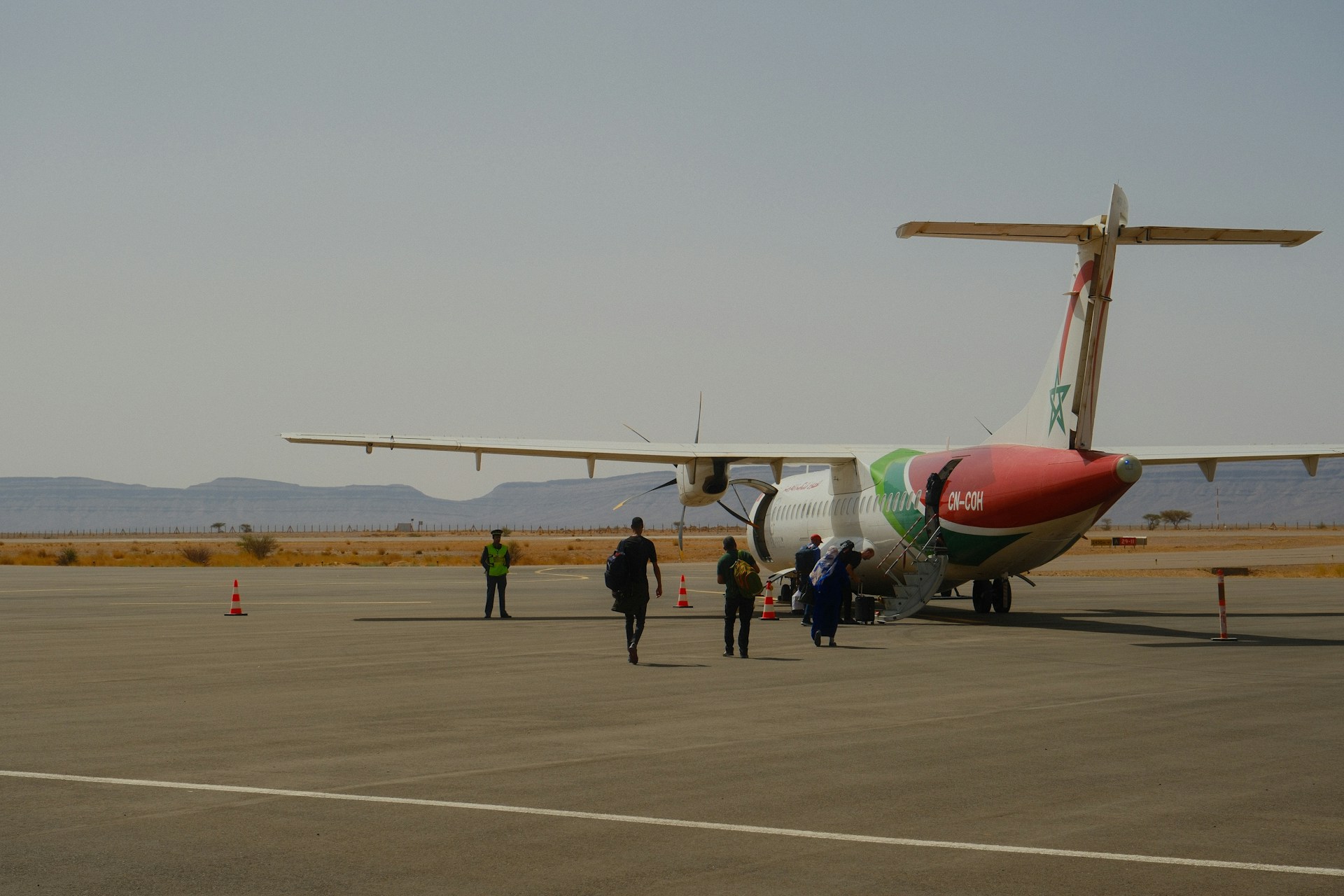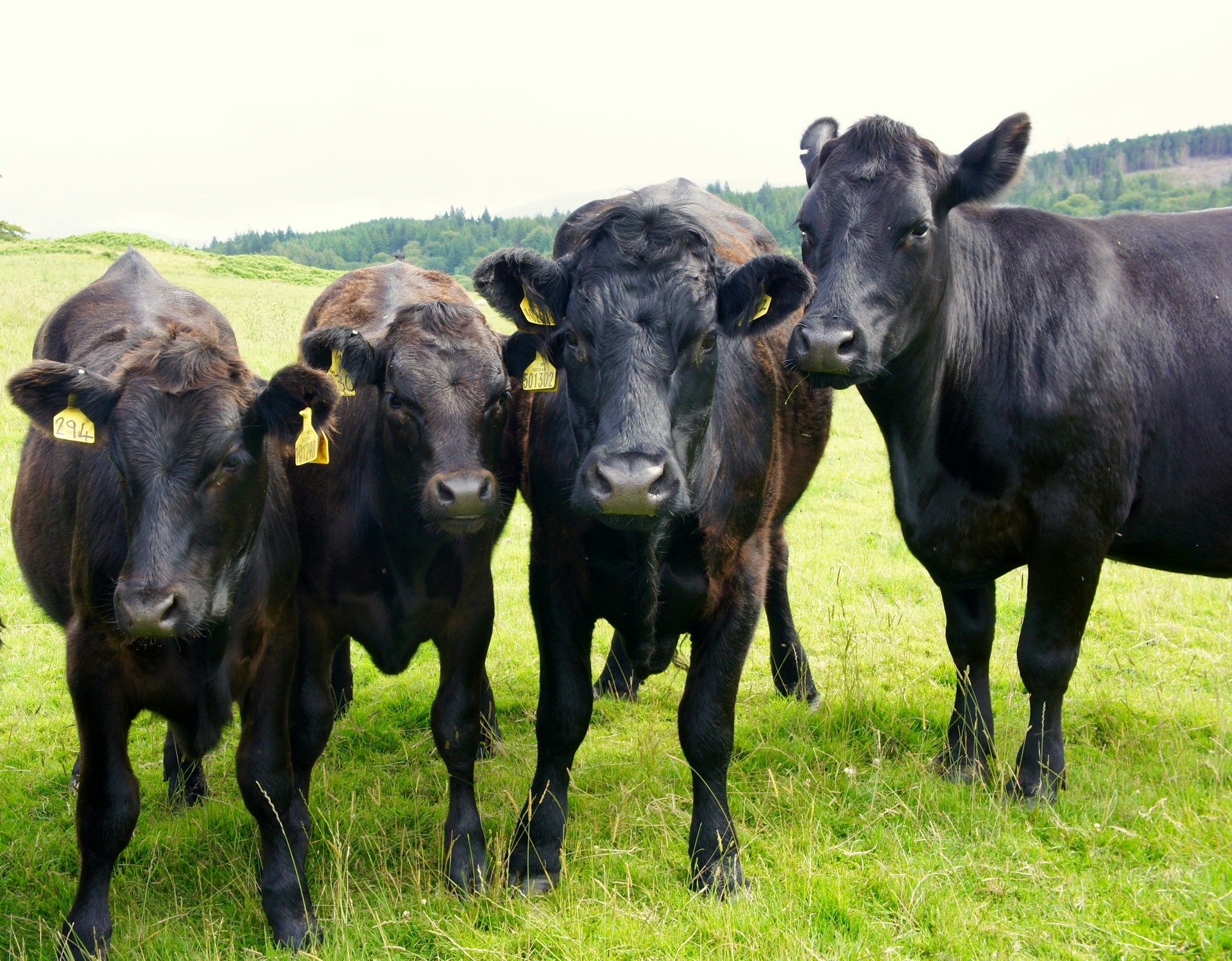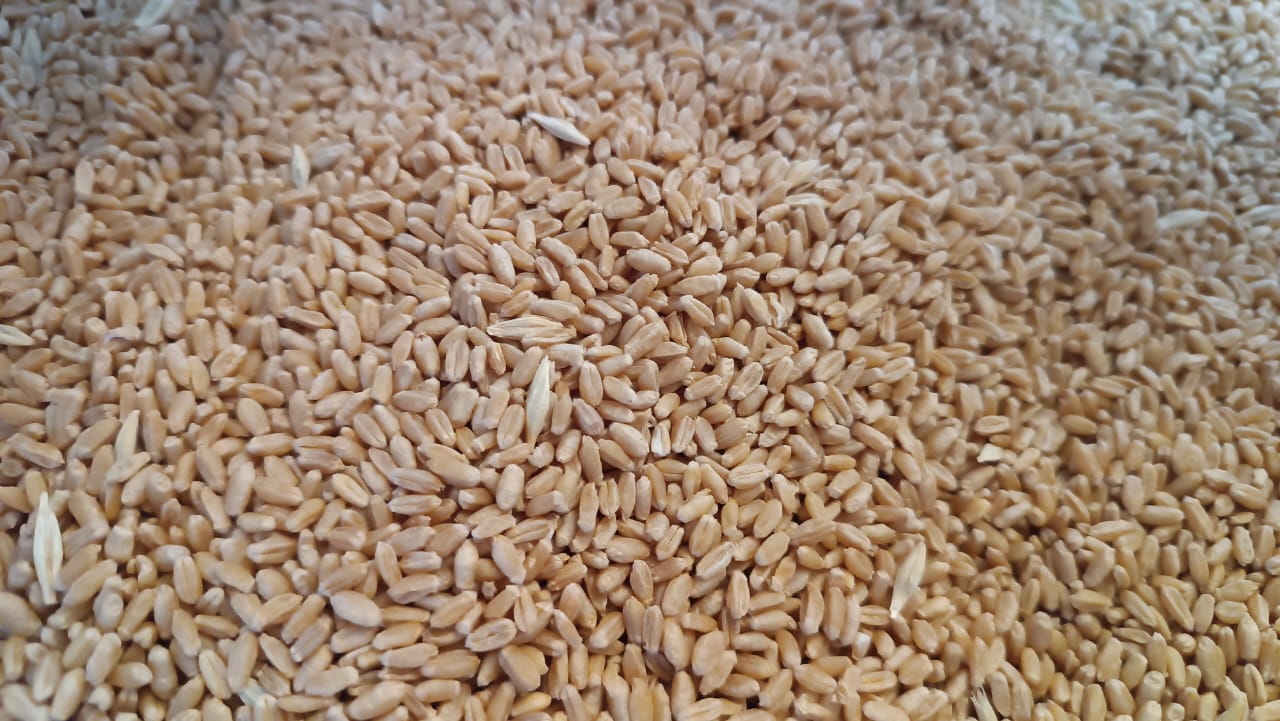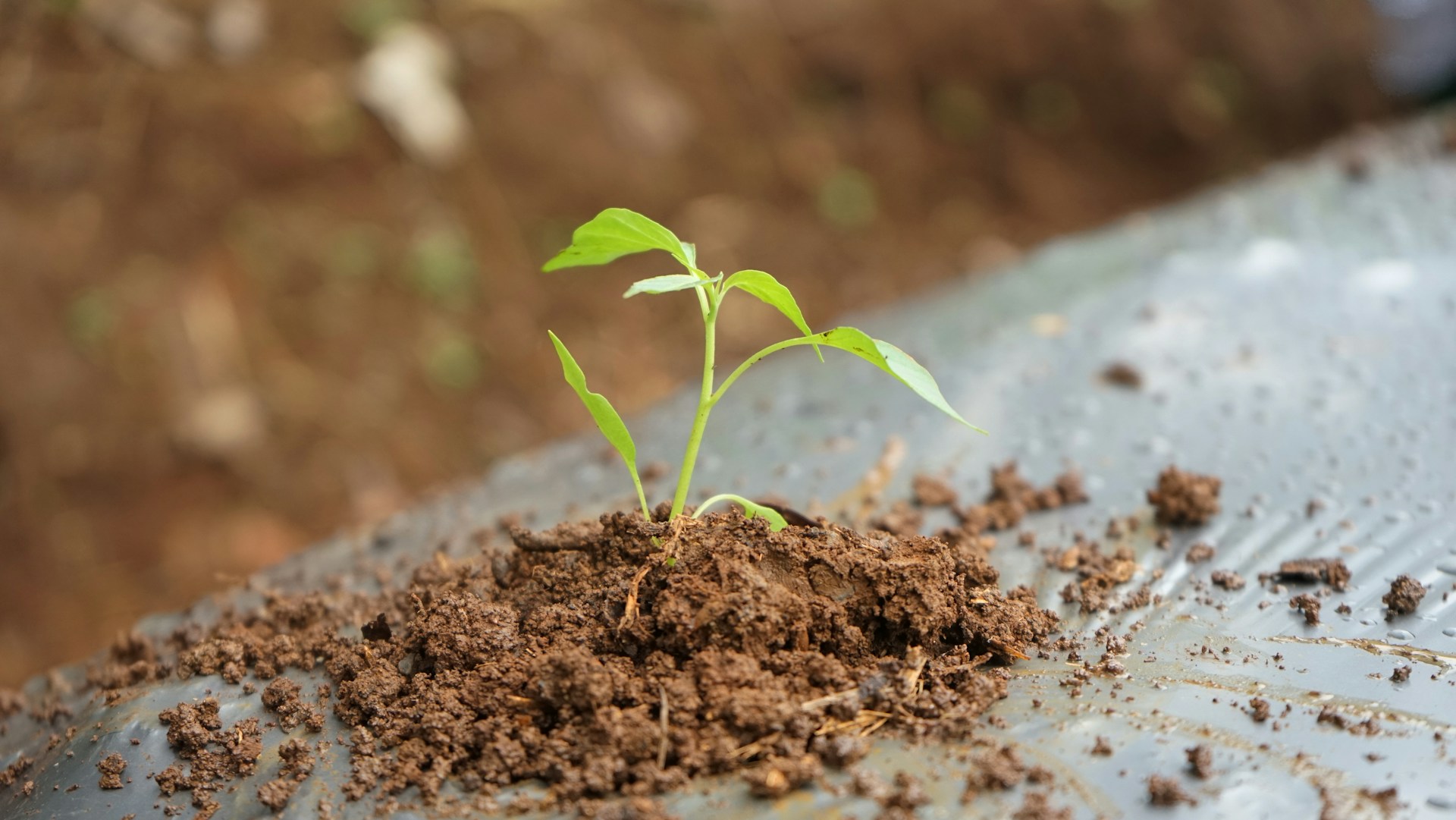Casablanca – Morocco has emerged as one of the fastest-growing markets for Spanish beef, ranking eighth among the world’s top importers of beef from Spain in 2024. The kingdom imported more than 3,744 tons of beef last year, representing approximately 1.6% of Spain’s total beef exports. This trend positions Morocco as the leading non-European Union buyer, alongside other emerging markets such as Algeria and the Philippines.
Top importing countries
Portugal continues to dominate European imports, purchasing over 70,000 tons of Spanish beef, followed by Italy with around 40,000 tons and France with 33,000 tons. Overall, Spain exported more than 235,000 tons of beef in 2024 to multiple international markets, including Algeria, the Philippines, and several other destinations.
Spanish beef production and export value
Spain’s national beef production reached 718,000 tons in 2024, marking a 3% increase compared to 2023. This growth positions Spain as the third-largest beef producer in Europe and fourth globally, despite a gradual decline in herd sizes. The sector’s export value exceeded $1.85 billion, with most revenues generated from fresh meat and live cattle. In total, Spain’s livestock sector reached about $5.06 billion, accounting for 16% of national animal production and ranking beef third after pork and dairy in production value.
Farms and herd structure
Approximately 75% of Spain’s over 100,000 registered cattle farms focus on beef production, while the next largest group consists of fattening farms. The national suckler cow herd reached roughly 2.019–2.19 million heads, representing more than 35% of the total cattle population. Regions such as Castile, Galicia, and Extremadura remain the main hubs for cattle farms, hosting the highest concentrations of animals and production facilities.
Challenges and market dynamics
Despite stable feed prices after years of sharp increases, both Spain and the broader European Union have experienced a decline in the number of farms and herd sizes. This reduction is driven by a combination of geopolitical, climatic, economic, and social factors, which have affected production costs and farm sustainability. Nevertheless, Spain has maintained a positive trade balance in its beef sector, exporting both fresh and frozen meat to EU and non-EU markets.
Domestic consumption trends
Within Spain, beef consumption continued to rise. Household consumption increased by 1.5% to 182,000 tons in 2024, while out-of-home consumption grew by 9%, reaching 81,530 tons. Beef remains the second most consumed meat in Spain after poultry.
Why Morocco turns to Spanish beef
Several factors explain Morocco’s growing reliance on Spanish beef. Geographically, Spain’s proximity ensures lower transport costs and faster delivery compared to other global suppliers. The quality and safety standards of Spanish beef, particularly in fresh and chilled meat, align well with Moroccan market expectations. Additionally, bilateral trade agreements between Spain and Morocco facilitate smoother import procedures and favorable tariff conditions. Morocco’s expanding food processing sector and rising domestic consumption of beef also drive the increased demand. Seasonal fluctuations and limited domestic cattle production encourage Moroccan buyers to diversify their sources, making Spain an increasingly attractive supplier.
Outlook
Morocco’s strategic position as a leading non-EU importer of Spanish beef is expected to strengthen further, driven by strong consumer demand, geographic proximity, and robust trade relations with Spain. At the same time, Spain’s beef sector appears well-positioned to meet this growing demand, maintaining its role as a key player in global beef production and exports.
















